In the ever-evolving world of music production, autotune has become more than just a pitch correction tool; it’s a creative instrument in its own right. Whether you’re chasing a raw, natural vocal performance or a futuristic robotic aesthetic, the way autotune is applied can shape your track's identity. Let’s explore the key factors to consider when choosing between natural and robotic autotune styles for your sound.
Understanding Autotune Styles
Natural Autotune
Natural autotune is subtle and transparent. Its primary goal is to correct slight pitch imperfections without drawing attention to the process. This style retains the human quality of the vocals, making it ideal for genres like acoustic, indie, or singer-songwriter music where authenticity and emotional delivery are paramount.
Robotic Autotune
Robotic autotune, on the other hand, leans into the synthetic sound, with rapid retune speeds and noticeable pitch correction. This style is often used as an effect, adding a futuristic or avant-garde touch to the vocals. It’s a staple in genres like hip-hop, trap, and electronic dance music.
When to Use Natural Autotune
1. Emphasizing Emotional Performance
Natural autotune complements songs that rely on raw emotion. Artists like Dua Lipa use this approach to highlight their vocal strengths while ensuring pitch-perfect performances.
2. Maintaining Authenticity
If your music revolves around storytelling or live-session vibes, natural autotune keeps the vocal's authenticity intact. It’s particularly effective in genres like folk and soft rock, where listeners expect a personal connection with the performer.
3. Supporting a Minimalistic Arrangement
In tracks with sparse instrumentation, overly processed vocals can feel out of place. Natural autotune blends seamlessly into the mix without overshadowing the other elements.
When to Opt for Robotic Autotune
1. Creating a Signature Sound
Robotic autotune has helped many artists craft iconic sounds. Think of T-Pain, Travis Scott, or Lil Durk, who use it as a defining element in their music.
2. Adding a Futuristic Vibe
This style works wonders in genres like EDM or trap, where synthetic textures dominate. Robotic autotune pairs perfectly with hard-hitting beats and atmospheric synths.
3. Enhancing Melodic Riffs
Robotic autotune can add rhythmic and melodic interest by exaggerating pitch transitions. It transforms simple vocal lines into dynamic hooks that catch the listener’s attention.
Technical Considerations
1. Retune Speed
The retune speed determines how quickly autotune corrects off-key notes:
- Slow Retune Speeds: Create natural corrections, ideal for subtle pitch fixes.
- Fast Retune Speeds: Result in a robotic, metallic sound, amplifying pitch transitions.
2. Humanize Setting
The humanize feature in autotune software retains a vocal's natural fluctuations. Higher humanize values are suited for natural styles, while robotic effects benefit from minimal humanization.
3. Key and Scale
Setting the correct key and scale ensures accurate pitch correction. For robotic styles, experimenting with unexpected notes or scales can yield creative results.
Best Practices for Mixing Autotuned Vocals
1. Use EQ for Clarity
Regardless of the autotune style, EQ can shape the tone of the vocals. For natural autotune, emphasize clarity and warmth by adjusting mid and high frequencies. For robotic styles, you might introduce subtle distortion or resonance for a futuristic edge.
2. Layer Effects Strategically
- Natural Vocals: Combine autotune with light reverb and delay to create a spacious yet intimate feel.
- Robotic Vocals: Experiment with vocoders, saturation, and stereo widening for a bolder presence.
3. Balance Dynamics with Compression
Proper compression ensures consistent vocal levels. Dynamic control is especially critical for natural styles to avoid squashing the emotional delivery, while robotic styles can benefit from aggressive settings for an in-your-face sound.
Examples of Autotune Applications
Natural Style in Action
- Artists: Adele, Ed Sheeran, Dua Lipa
- Genres: Pop, acoustic, ballads
- Signature Approach: Subtle pitch correction that enhances vocal expressiveness.
Robotic Style in Action
- Artists: T-Pain, Kanye West, Travis Scott
- Genres: Hip-hop, EDM, trap
- Signature Approach: Drastic autotune effects that double as a creative tool.
Choosing the Right Tools
Plugins for Natural Autotune
- Antares Auto-Tune Pro: Offers versatile settings to achieve transparent correction.
- Celemony Melodyne: Ideal for detailed, manual pitch adjustments.
Plugins for Robotic Autotune
- Antares Auto-Tune Artist: Tailored for fast, live performances with robotic effects.
- Waves Tune Real-Time: A go-to for creating iconic robotic sounds on a budget.
Conclusion: The Balance Between Styles
Selecting the right autotune style ultimately depends on your artistic vision. While natural autotune preserves the soul of a performance, robotic autotune reimagines the vocal as an instrument. Many artists even blend both styles within a single track, using natural autotune for verses and robotic effects for hooks or choruses.
Experimentation is key—don’t be afraid to push boundaries and find your unique voice. Whether you aim for heartfelt authenticity or electrifying futurism, autotune offers the flexibility to bring your sonic vision to life.

